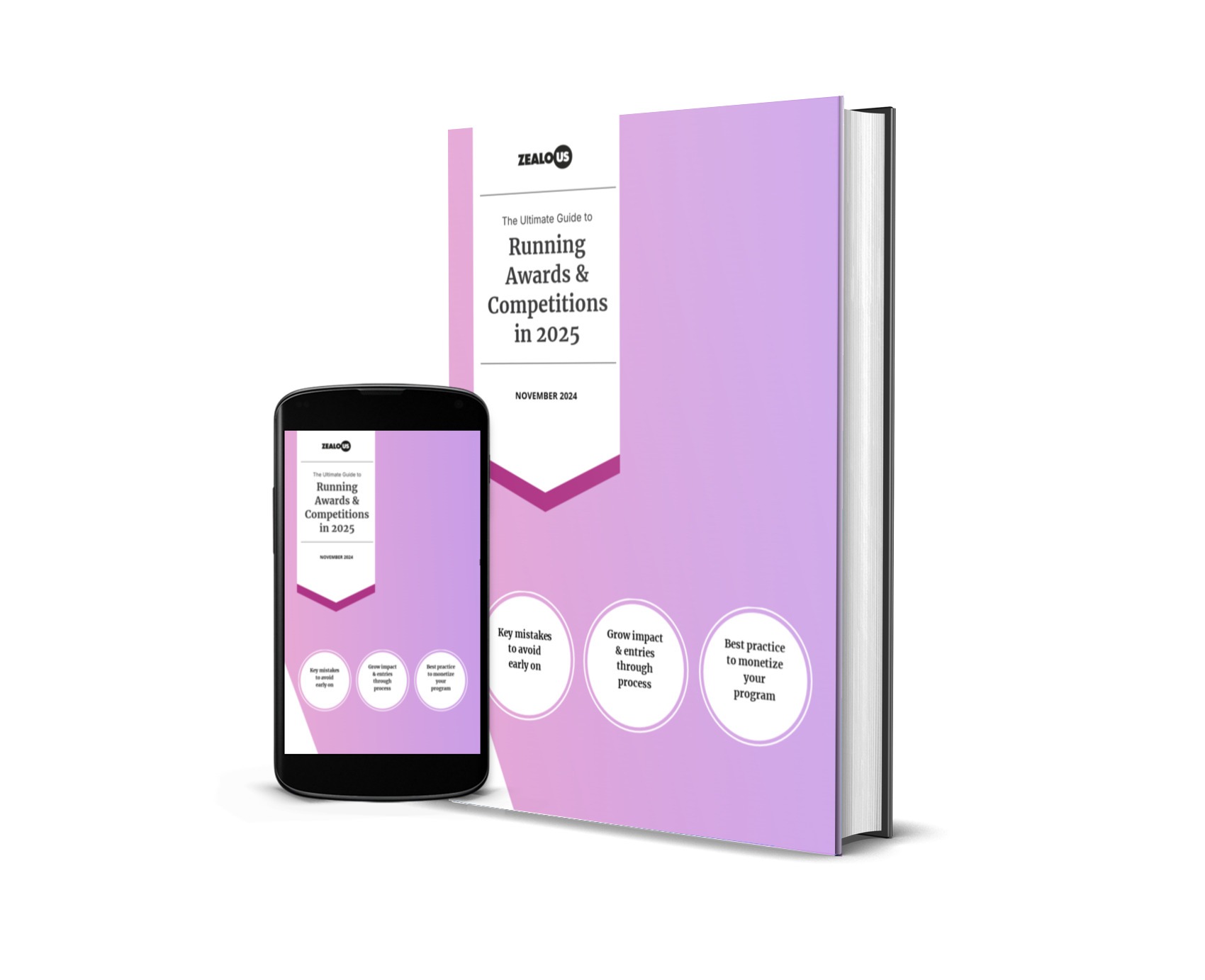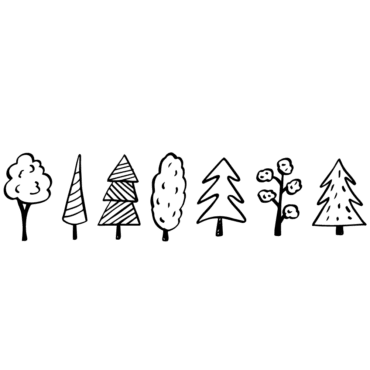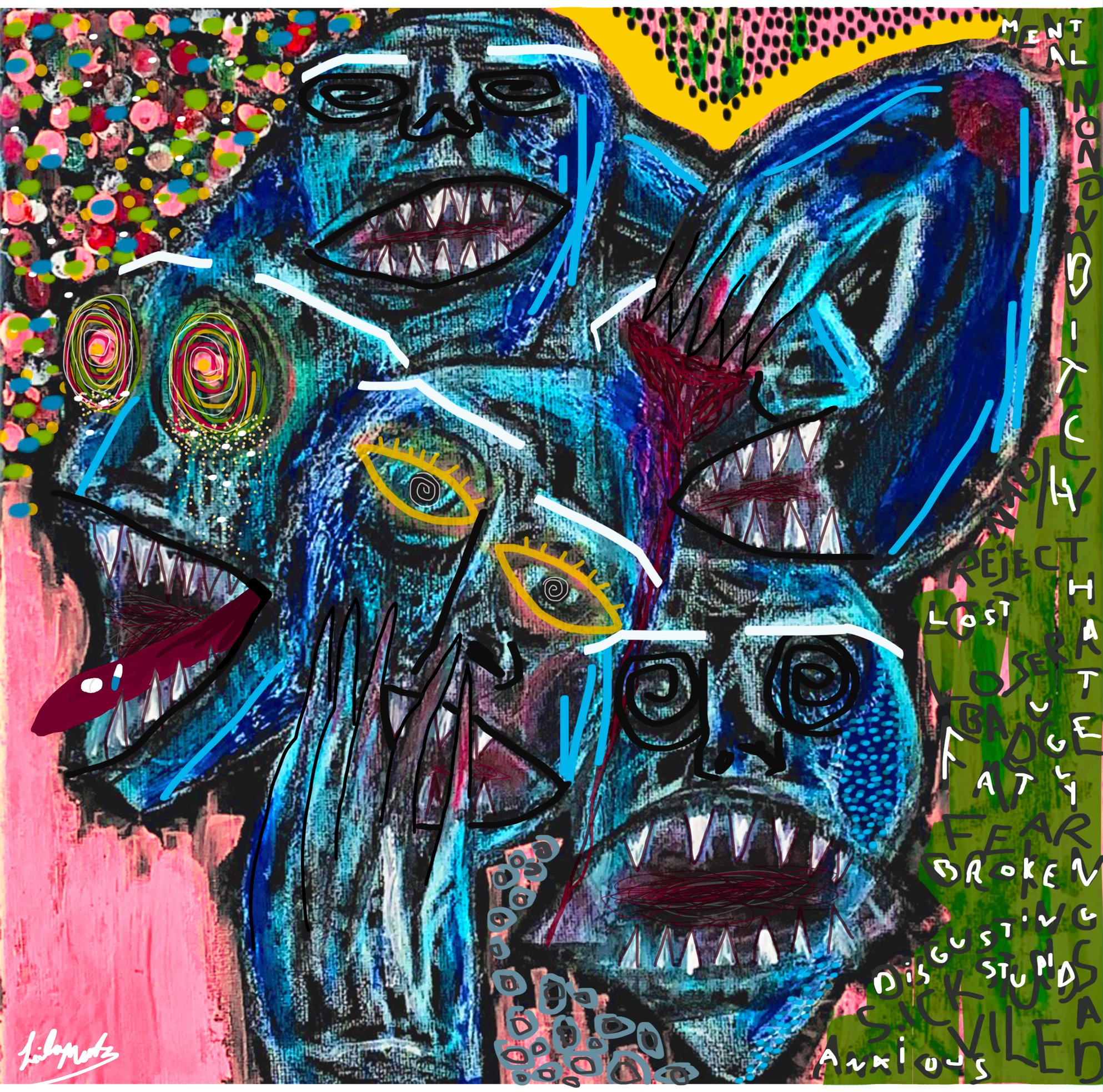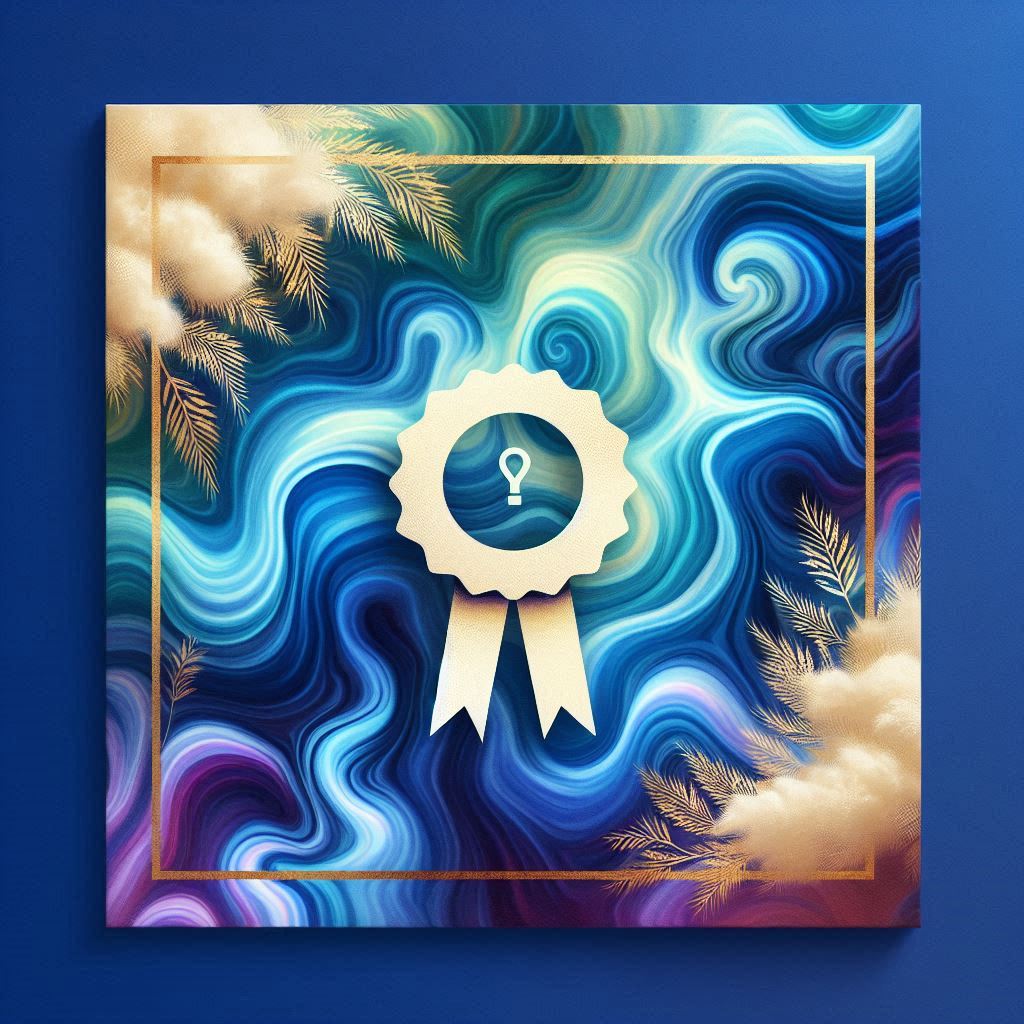In my previous piece about being human in the age of AI, I wrote about choosing authenticity over perfection. Sharing the messy, imperfect reality behind building something rather than the curated version that makes success look effortless.
This felt like the right moment to dig into what 14 years of serving the creative industries has actually taught me. Not the polished takeaways you’d expect in a conference talk, but honest observations about creative access, the barriers that persist, and the gap between what sounds good and what actually works. The kind of insights that only come from processing hundreds of thousands of applications and watching how the same challenges show up across different organizations and disciplines.
Covered in the Video
- 0:00 – 2:30 Introduction and the AI experiment approach
- 2:30 – 5:15 How the creative opportunity landscape has changed (and what gaps remain)
- 5:15 – 7:45 The most shocking barriers discovered when researching creative access
- 7:45 – 9:30 How to measure whether opportunities are truly “democratized”
- 9:30 – 13:00 The biggest misconceptions about reaching diverse creative talent
- 13:00 – 15:30 Which creative disciplines are hardest to make accessible
- 15:30 – 17:00 What would happen if every creative opportunity was suddenly accessible
A Leftfield (AI) Interview Process
When you’re deep in building something for over a decade, you rarely pause to examine what you’ve actually learned. You’re too busy solving today’s problems to step back and see the bigger patterns.
I wanted to create some space for that reflection, so I tried something different. I got an AI to ask me questions based on my background and recorded myself answering them without preparation. Just honest responses to what turned out to be quite probing questions about what I’ve observed running a platform that’s processed over 200,000 creative opportunity applications.
It was useful. Not because it was revolutionary, but because it allowed me to make time to put words to things I’d been noticing. The contradictions, the approaches that make intuitive sense but hit practical barriers, the misalignment between stated goals and measurement systems.
What Emerged
Creativity is still seen as a luxury, not as a right
This one’s hard to admit because it’s the opposite of what we all set out to achieve – our mission is to unleash creative opportunity, investment in the creative industries has waned and is leading to fewer and fewer opportunities for creators to be celebrated. This will only be exacerbated by AI competing for those entry level spaces. Without significant investment across the sector creative opportunities are becoming less accessible.
We haven’t addressed the fundamental economic barriers. Creative work generates enormous value – not just in tax receipts (and there’s plenty of that) but for mental health benefits, community cohesion, reducing pressure on public services. Unfortunately it’s still funded like a luxury rather than infrastructure.
Our work is cut out for us – we need to work harder to reduce the barriers to entry so that more people can create opportunities for creators. We’re on it, but we’re not quite there.
Diversity Often Gets Treated as a Communications Challenge
Often when people talk about diversity they focus on reaching diverse audiences rather than engineering diverse outcomes. The real work in allowing for a more diverse world is hidden – diverse judging panels, pricing structures that don’t exclude people, application processes that don’t ask someone to spend two hours filling out forms when they might be struggling to put food on the table.
Making an opportunity truly diverse is extremely complex and doesn’t always work out. This includes our own work. We fail sometimes, people call us out for it and we learn something new. But failing is better than not trying at all!
Creative business models are in flux
The music industry went from CD sales to treating music as concert marketing. AI is bringing this same disruption to every creative field. Every creative discipline is being disrupted and faces challenges in monetising their output.
We need new frameworks for intellectual property that protect creators while allowing them to benefit from AI development. This won’t be easy, but it has to happen – whether through new mechanisms to allow creators to get paid for their content, or a tax on AI companies to support the industry at large. The alternative is seeing large companies benefit from creative work without creators getting fair compensation, which will ultimately discourage new creators and lead to the stagnation of AI algorithms.
The Delicate balance between measuring Efficiency Instead of Impact
I know democratization is working when I see artists I’ve never heard of being celebrated. Right now there’s a pyramid across the creative sector. A wide base of incredible creators with a tiny top getting repeated recognition. This needs to change, we need more opportunities to shine a light on talent.
Our industry metrics often capture throughput rather than outcomes: applications processed versus whose stories get told. When creators who came through various opportunities build sustainable careers, that’s success. But most measurement systems miss this entirely, ours included.
Embracing the Contradictions
The most honest part of this reflection was acknowledging contradictions – not just in my own approach, but across the sector. These tensions actually reveal where the work needs to happen.
We run an awards platform but rarely enter awards ourselves because we’re focused on improving the product. It’s a bit ironic, really. I advocate for accessibility while acknowledging the limitations of digital-only solutions. We want to democratize opportunities while operating within market structures that create some of the barriers we’re trying to address.
I’m also aware of my own position in these conversations. As I put it in the video, I’m “literally cookie cutter” white, heterosexual, middle-aged male, which means I’m not bringing lived experience of many barriers I’m discussing. But I’ve seen these patterns from a unique vantage point, and I think there’s value in sharing those observations while acknowledging my perspective.
These aren’t contradictions to solve – they are tensions worth exploring further that show the complexity of creating change within existing systems. The gap between individual solutions and systemic transformation is real, and we’re all still figuring out how to navigate it effectively.
The AI didn’t generate these insights -it just created space to think systematically about patterns I’d been observing but hadn’t structured. For anyone sitting on years of operational experience, it might be worth trying: not to extract revolutionary wisdom, but to give yourself permission to reflect on what you’ve been learning without realizing it.
This is part of an ongoing series where I’m choosing to share honest reflections rather than polished takeaways. What questions would you want me to tackle in future pieces? Send them to [email protected] – I’d welcome your thoughts (not junk mail!) on what’s worth exploring.
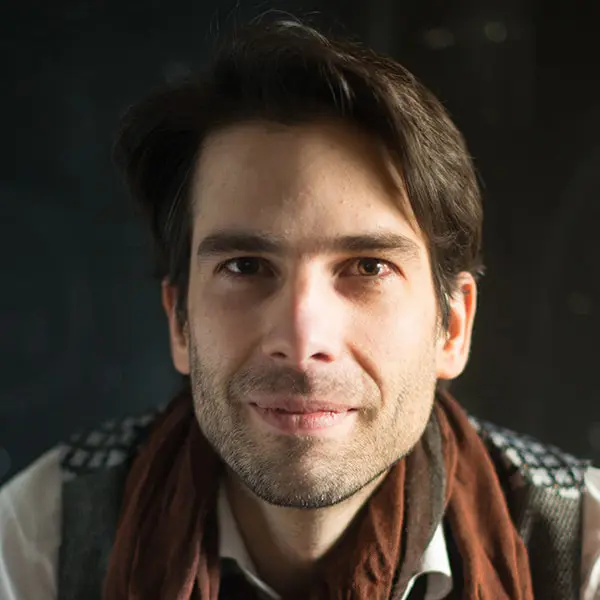
Guy Armitage
Founder
View Profile
Let us know you want us to write more content like this with a love!
Share
